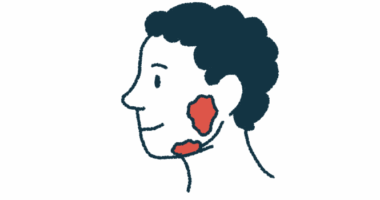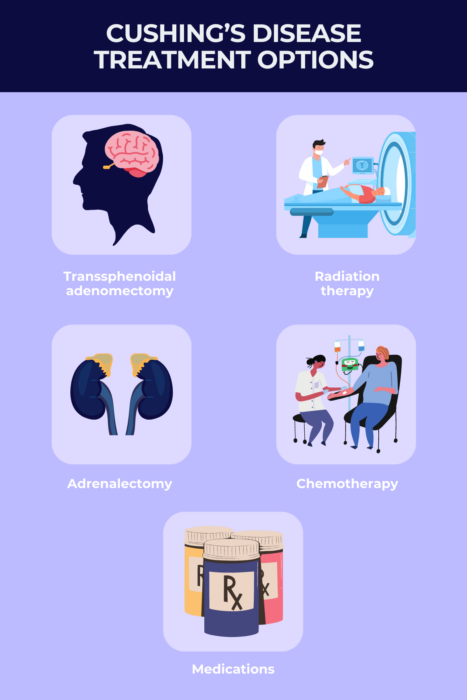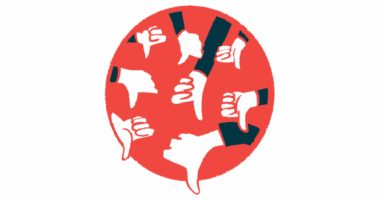
FAQs about Cushing’s disease treatment
Cushing’s disease can be treated and cured, with 100% remission, although lifelong monitoring might be required to check for disease recurrence and related health problems, including high blood pressure and diabetes.
The optimal treatment for Cushing’s disease depends on a patient’s particular clinical situation, the severity of the symptoms, and the characteristics of the underlying pituitary tumor that causes the condition. Usually the first line treatment for Cushing’s disease is the surgical removal of the pituitary tumor — a procedure called transsphenoidal adenomectomy. Other treatment options include radiation therapy and specific medications, all with the goal of reducing the high levels of cortisol that characterize the rare disorder.
Several medications have been approved by the U.S. Food and Drug Administration for the treatment of Cushing’s disease and related symptoms. Examples include Signifor and Signifor LAR (pasireotide formulations), Recorlev (levoketoconazole), Isturisa (osilodrostat), and Korlym (mifepristone). Other medications, such as ketoconazole and metyrapone, also can be used off-label to help manage the disease.
Treatments for Cushing’s disease can lower cortisol levels and therefore ease disease symptoms. If treatment can eliminate the source of excess cortisol in the body, most disease symptoms are estimated to disappear within 12 months. Some, however, may not resolve completely. Patients are advised to discuss with their healthcare team a treatment plan that best suits their needs and particular clinical situation.
The different strategies for treating Cushing’s disease usually are covered by health insurance, although certain therapies might be considered experimental and thus not covered. Specific policies for individual medications and therapeutic strategies will vary depending on the insurer. Patients are advised to discuss available treatment options with their insurance provider. Some companies marketing approved medications for Cushing’s also offer patient support and copay assistance programs. Examples include support programs for Isturisa, Signifor, Recorlev, and Korlym.
 Fact-checked by
Fact-checked by 




